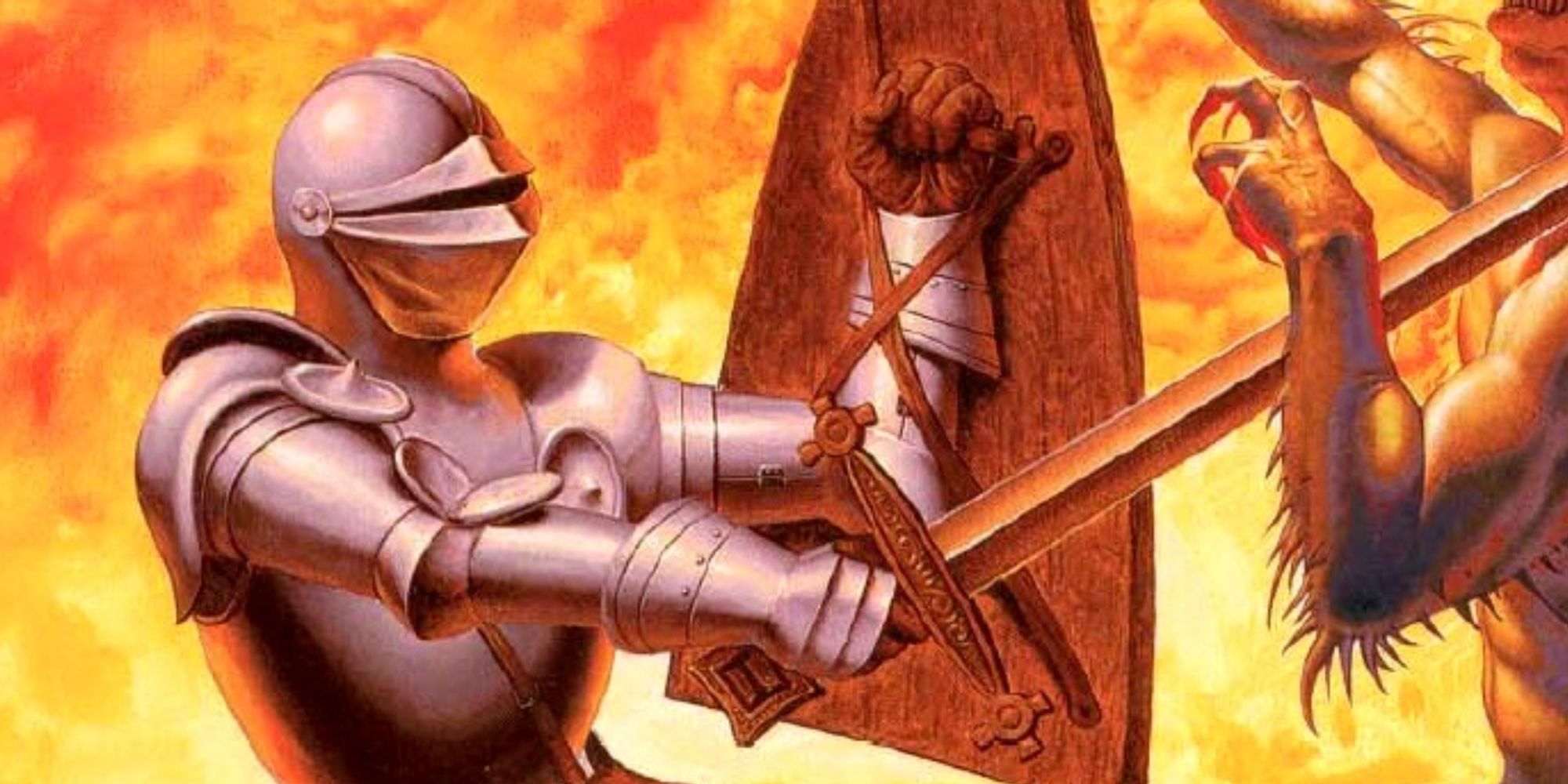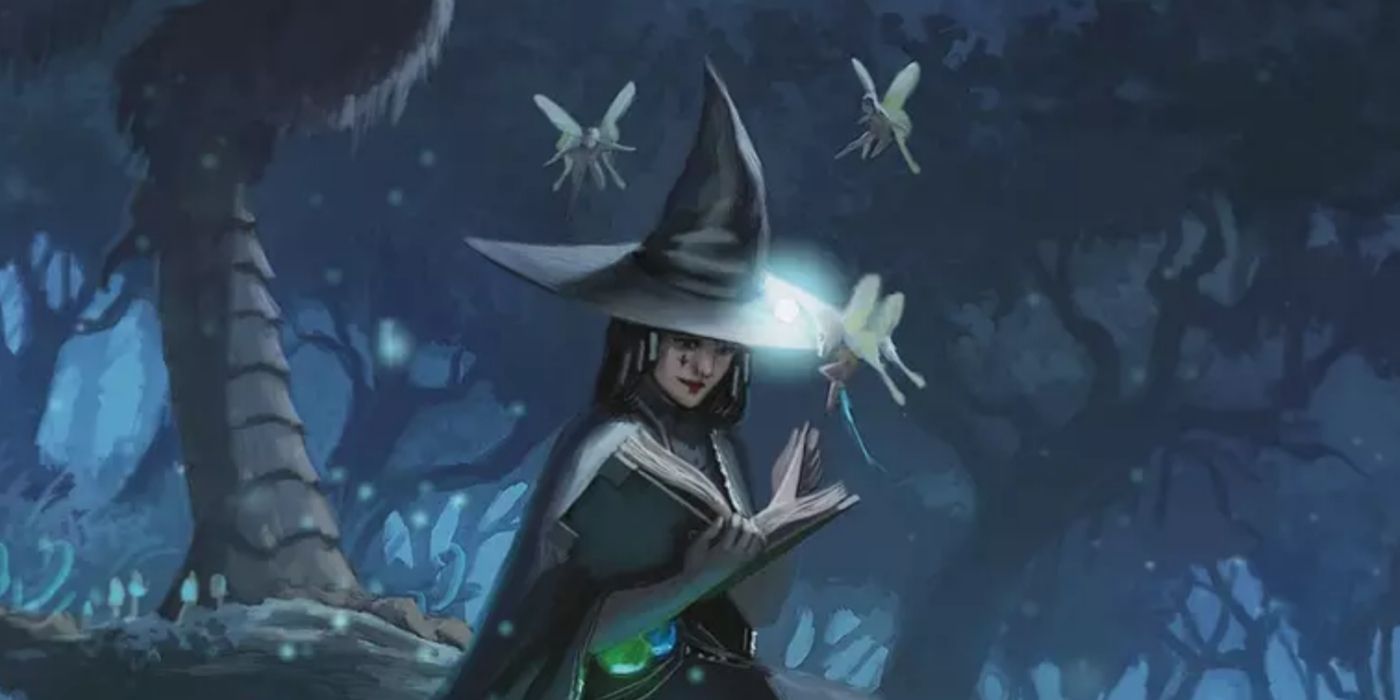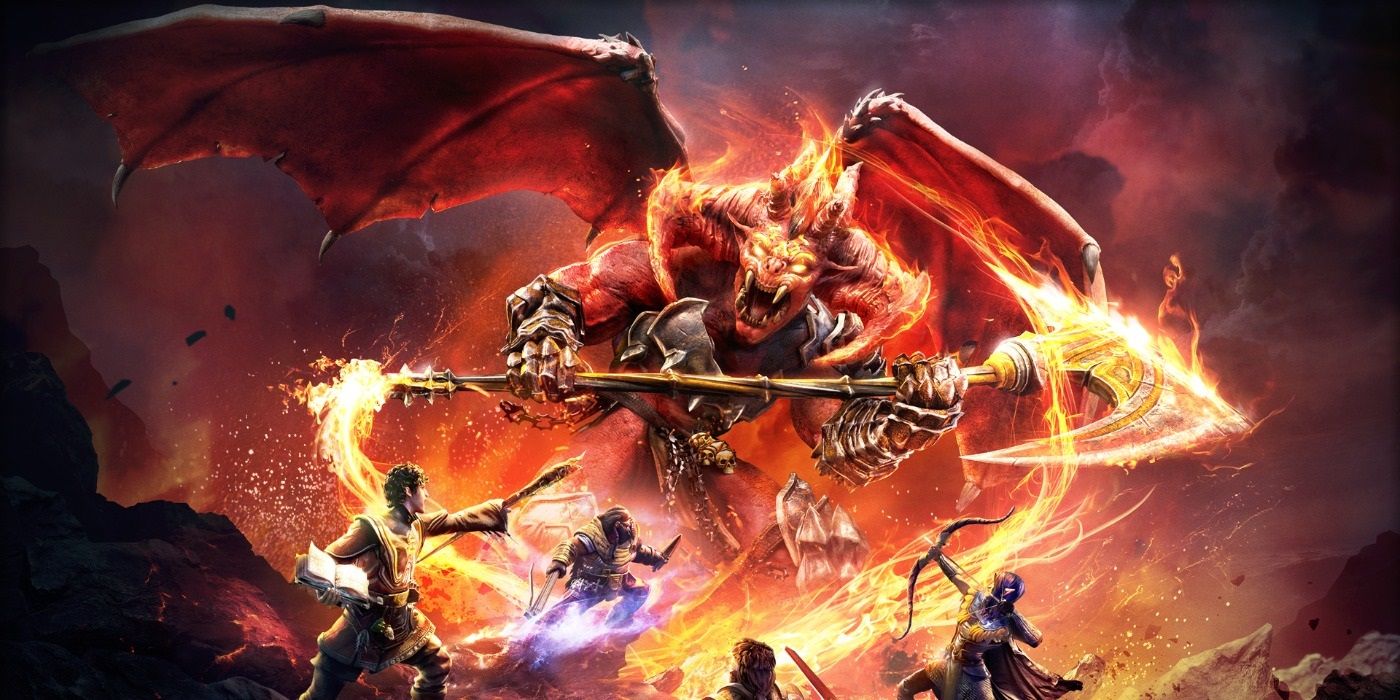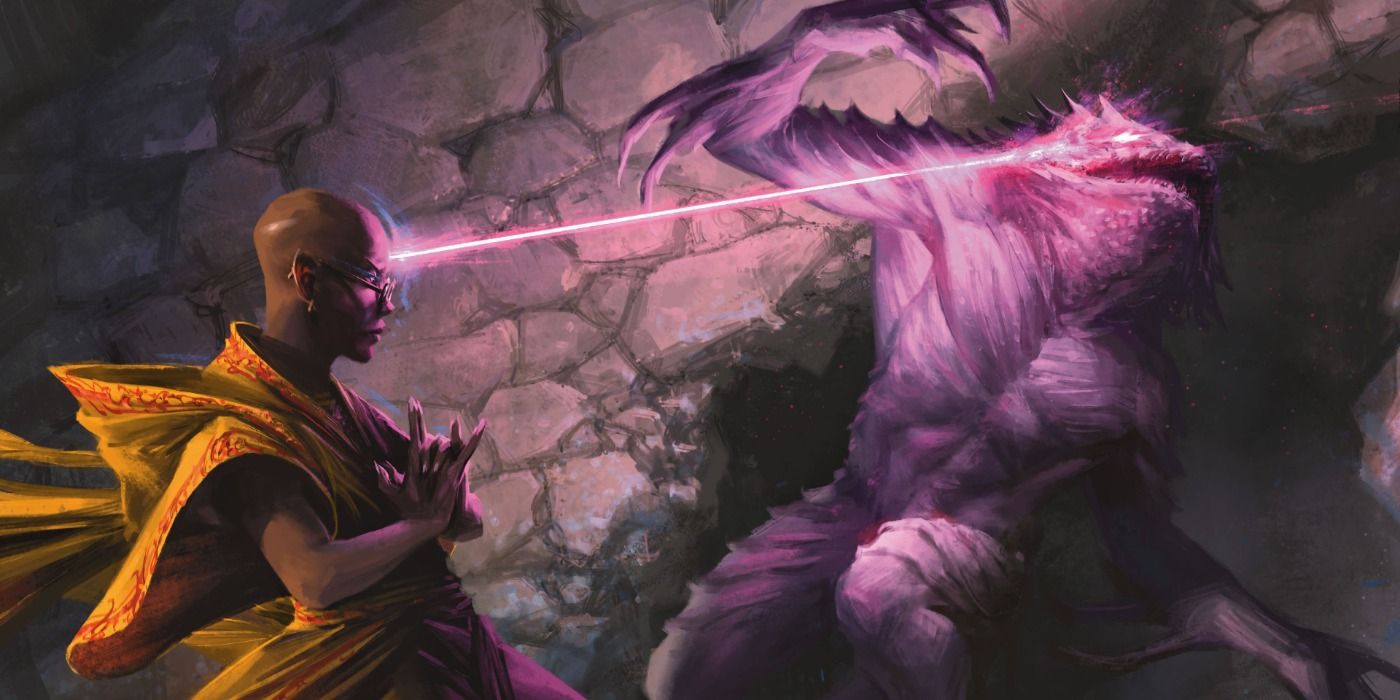The One D&D website has featured the first in a series of Unearthed Arcana articles for Dungeons & Dragons that contain playtesting material for the next iteration of D&D that will launch in 2024. The "Character Options" Unearthed Arcana outlines changes to playable races, Backgrounds, spell categorization, and Feats, painting a picture of what D&D 5.5 will look like. Not all of the changes in "Character Options" are positive, however, as critical hits have been nerfed in such a way as to make them boring.
In the current D&D 5e ruleset, a player or the DM scores a critical hit when rolling a 20 during an attack roll, though some abilities and weapons can lower this number. If a critical hit is rolled, then the player or DM doubles the number of damage dice rolled during the attack. The critical hit rules are often homebrewed by groups, with some creating charts for additional effects that can occur, in order to make them even more effective.
The One D&D "Character Options" Unearthed Arcana can be read for free on the official D&D Beyond website, allowing groups to implement their rules into their game. The critical hit rules have been overhauled in "Character Options" in a way that reduces their impact in combat. This removes a lot of what makes critical hits interesting, as a well-timed crit can make for the most memorable moments in a D&D campaign, and nerfing them threatens to take those moments away.
In One D&D, Critical Hits No Longer Apply To Monster Attacks Or Spells
The rules for critical hits in "Character Options" have overhauled exactly who and what can cause a critical hit. In "Character Options," it's stated that only player characters can perform critical hits, which was corroborated by D&D Lead Rules Designer Jeremy Crawford in a video on the official Dungeons & Dragons YouTube channel. This means that D&D monsters and regular NPCs can no longer perform critical hits against the party. Crawford explained that monsters don't need access to critical hits, as they already have access to their Recharge powers, which are powerful attacks that recharge when a specific number is rolled. It was also explained that monster critical hits have the ability to kill players with a single attack at low levels, which is something that players had complained about in the past, hence the change.
The fact that critical hits and unarmed weapon strikes are the only ones that can perform critical hits also means that it's impossible for spells to crit as well. In the D&D 5e rulebook, it's stated that anything that makes an attack roll can benefit from the effects of a critical hit. There are some spells that require a ranged attack roll as part of their action, such as the eldritch blast or fire bolt cantrips, which meant that they could crit and deal the additional damage. This is no longer the case in One D&D and its changes to spells, as spells can no longer crit under the new rules. This generally affects low-level spells over high-level ones, as a lot of the attack roll spells are cantrips or level one spells that spellcasters can use as a substitute for weapon attacks, in response to the days of D&D 3e, when a spellcaster would quickly run out of slots and be forced to rely on conventional weapons, which they were bad at using.
In One D&D, Critical Hits Don't Apply To Special Abilities
The rules in "Character Options" also state that the critical hit damage only applies to the damage dice used by the character's weapon or unarmed strike. This means that critical hits no longer apply to extra class abilities, with the most prominent being the rogue's Sneak Attack and the paladin's Divine Smite power. In D&D 5e, a rogue can deal additional Sneak Attack damage on regular attacks when certain conditions are met, such as having advantage on their attack roll, while the paladin can use Divine Smite to burn spell slots, in order to add 2d8 damage to an attack, plus an additional 1d8 for every spell slot higher than level one that is used. In D&D 5e, the player could double these additional damage dice when rolling a critical hit, but that no longer happens in the "Character Options" rules.
One other change to the critical hit rules that appear in an earlier section of "Character Options" involves the half-orc race, or rather, its absence. The orc will be in the next Player's Handbook, which is why they're presented in "Character Options". In the D&D 5e Player's Handbook, half-orcs have an ability called Savage Attacks, where they roll their weapon's damage dice an additional time when performing a critical hit. The half-orc race is not present in "Character Options." Instead, there are new rules for playing characters with mixed-race parents, where the player chooses the attributes of one and merges them with the aesthetics of another. As orcs lack Savage Attack, that ability cannot be selected by half-orc characters.
Critical Hits Don't Have The Same Effect On Battle As They Used To
The critical hit rules in "Character Options" have made them far less interesting than they used to be. The new rules mean that rogues don't get to roll a ton of dice when making a critical hit, warlocks cannot crit with their eldritch blast cantrip, and players no longer need to fear being the recipient of a ton of damage from an enemy crit. The reason critical hits appear in the game is that they add tension and excitement to the game, as they can swing the battle in one side's favor. In "Character Options," the player gets to roll one or two additional damage dice, and that's it. The critical hits don't appear to scale (unless more rules are coming in a future Unearthed Arcana), so they're going to get even less impressive each level, as monster health scores increase over time. The content in "Character Options" is still being playtested, so there is an opportunity for players to express their opinions on these potential new Dungeons & Dragons rules in feedback surveys.
Source: D&D Beyond




